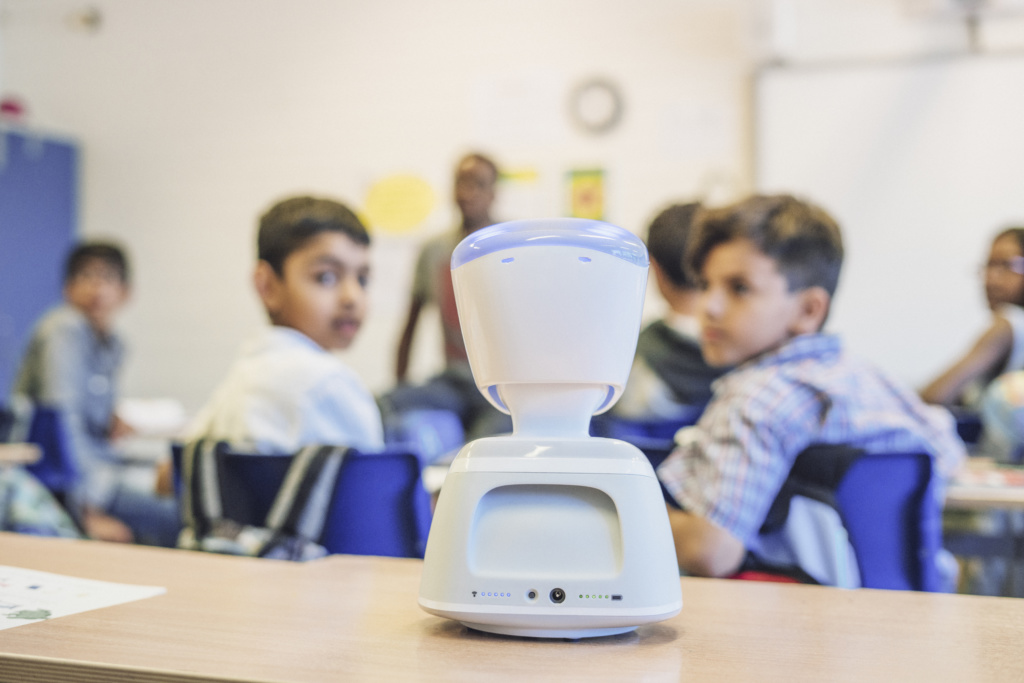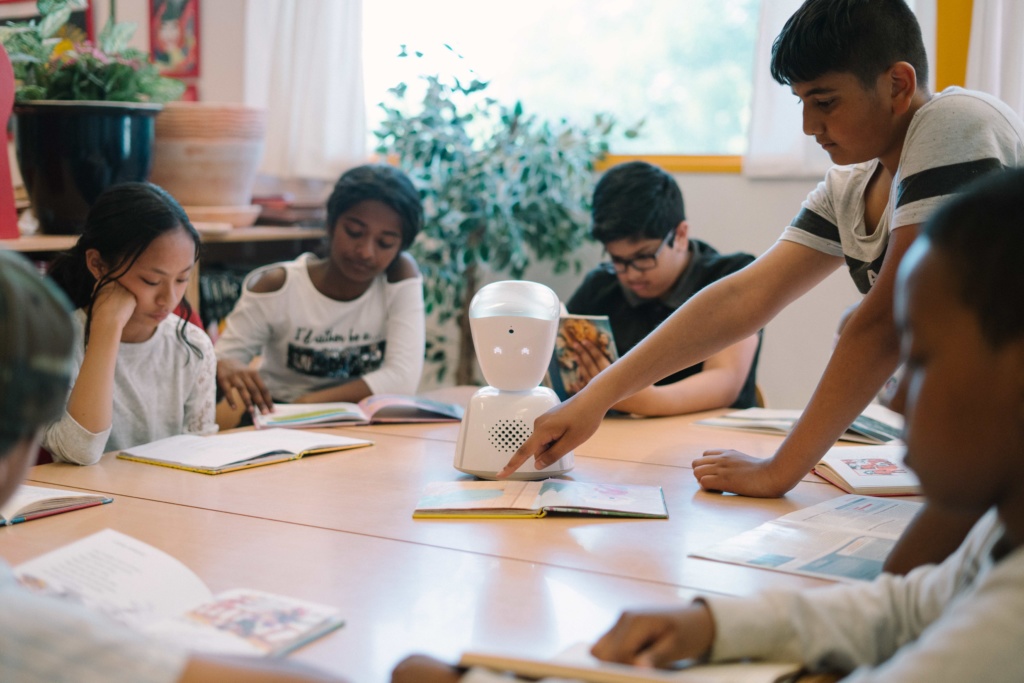
Professionals who work within alternative provision for students with medical and mental health difficulties are constantly seeking innovative solutions to increase the numbers of hours of education they can access, as is their right. For students who are too unwell to leave their homes, this can be a real challenge—until the arrival of the telepresence robot, AV1.
AV1 has been developed by the Norwegian company, No Isolation. Currently, more than 850 AV1 telepresence robots are in use across the Nordics, UK, Germany, France and the Netherlands, with many more children and young adults having been supported via AV1 since launch in 2016. In the UK alone, there are now more than 200 AV1s in use.
With the Department for Education’s 2018 publication of ‘Creating Opportunities for All’, the Alternative Provision Innovation Fund was created, and a trial to investigate the efficacy of utilising telepresence robots to support children and young people accessing education whilst they are unwell has been agreed. The project aims to assess whether or not pupils are able to re-engage with their learning, attend and progress while receiving treatment or recovering from surgery or illness.
The project is ambitious and large scale, with 90 AV1s being distributed across the country, and bringing together educators from schools, hospital education provisions and short-stay schools in looking at AV1 use as an alternative to more traditional methods of home tuition. Home tuition will typically be provided within a student’s home to provide one-to-one lessons. The AV1 does not look to replace this, rather it is designed to bring another dimension in, allowing children to virtually attend schools even if they are unable to leave their homes or hospital beds. Although this is a cost-effective solution, the benefits to the student in interacting and remaining connected to their home school is priceless.
The AV1 is a telepresence robot that attends school in the child’s place. The child controls it using an app on a tablet from wherever they may be: for example, a child with complex needs may be receiving treatment in a hospital far away from home, but they can still be listening and seeing what is happening within their class.
Not only can the child see and hear their lesson, but the AVI also allows them to contribute and participate through the two-way speaker. The AV1 has several functions which help the student to actively participate, and the app is simple and intuitive to use. For example, if a child using the AV1 wants to answer the teacher’s question, with the press of a button, they can ‘raise their hand’, which notifies the teacher and their classmates through a white light flashing on the AV1’s head. However, if the student is feeling unwell and just wants to listen in to the lesson and not participate, they can indicate this by turning the head blue. Similarly, if the tasks move on to group work, the student can use the app to turn AV1 round to face their friends and lower their voice. The AV1 takes the physical place of the student in their home class back in their school. The student can not only talk through the speaker, but can also indicate how they are feeling using their ‘expressive eyes’—happy, sad and puzzled. The student is encouraged to decorate the AV1 to make it more personal to them and to give them a name—we have Zoebots, Benbots and others!
